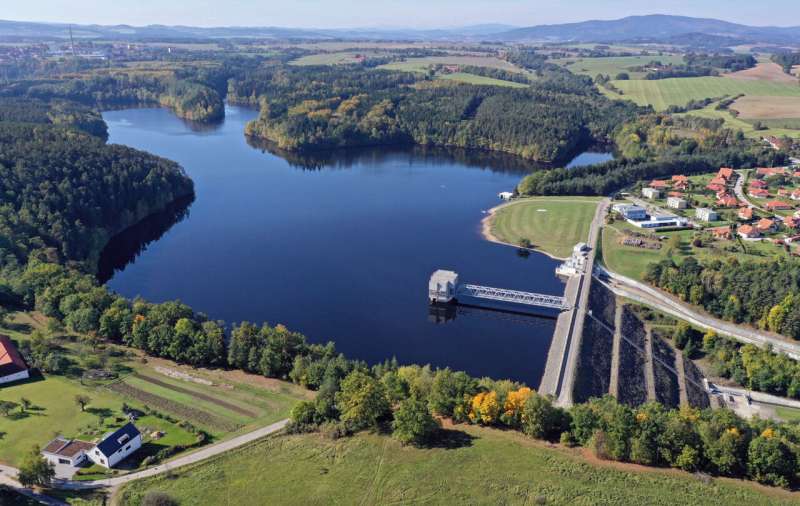Understanding the connection between lakes and groundwater is crucial for managing water resources amid climate change, according to groundbreaking research presented at the Goldschmidt Conference in Prague on July 9, 2025. The study, conducted by the Czech Academy of Sciences, analyzed data from 350 lakes across 18 European countries, collected between 2022 and 2024, to assess how these bodies of water are coping with environmental changes.
The research, led by Dr. Ma. Cristina Paule-Mercado, utilized stable hydrogen and oxygen isotopes (18O and 2H) to determine the influence of rainfall and the potential groundwater connection in maintaining lake water levels. This innovative approach provides insights into how incoming water can offset evaporation losses, a critical factor as climate change intensifies.
The Role of Groundwater in Lake Resilience
The study’s findings emphasize the importance of groundwater in maintaining stable lake water levels. Lakes with strong groundwater connections are better equipped to handle climate change impacts, such as rising temperatures and reduced rainfall. In contrast, shallow lakes, which have a high surface area relative to their volume, are more susceptible to evaporation, making them vulnerable to water scarcity.
Using a machine learning model, the researchers identified key factors that sustain a healthy water balance in lakes and predicted the potential impact of climate change by 2050. The model suggests that lakes in lowland areas are at risk of reaching critical evaporation-to-inflow ratios, leading to water scarcity and contamination. These areas, often characterized by shallow lakes with minimal groundwater connections, are also prone to nutrient runoff from intensive agriculture.
Geographical Variations and Future Challenges
Lakes located in higher-altitude or alpine regions show greater resilience due to lower temperatures, reduced evaporation rates, and stronger groundwater connections. These lakes currently face fewer threats from agricultural runoff, but the researchers warn that shifting agricultural practices to higher altitudes could jeopardize water quality and availability in the future.
Dr. Paule-Mercado noted, “We initially expected the same controlling factors to apply across all lakes, but that wasn’t the case. While we can draw some general insights from the analysis, we also observed how each region has different dynamics driven by the interaction of multiple variables.”
“This highlights the importance of considering all these factors—and particularly groundwater-lake connectivity—when designing sustainable management strategies to address climate change and water scarcity.” — Dr. Ma. Cristina Paule-Mercado
Expanding the Research Scope
The research team is expanding their dataset to include over 400 lakes, aiming to create a global resource. They are incorporating open-access environmental data and collecting samples annually from hundreds of lakes. Collaborations with other scientists and citizen science initiatives are broadening the study’s coverage and enhancing community involvement.
As the effects of climate change continue to unfold, understanding the intricate dynamics between lakes and groundwater will be essential for developing effective water management strategies. The findings from this study provide a crucial foundation for policymakers and environmentalists working to safeguard water resources in the face of an uncertain future.
For more information, visit the Goldschmidt Conference website, where the full study, “Projecting climate change impacts on water balance and nitrate dynamics in European lakes,” is available.
 OpenAI Secures Top Engineers from Tesla, X, and xAI
OpenAI Secures Top Engineers from Tesla, X, and xAI OpenAI Strengthens Team by Hiring Engineers from Tesla and xAI
OpenAI Strengthens Team by Hiring Engineers from Tesla and xAI OpenAI Hires Key Engineers from Tesla, xAI, and X in Strategic Move
OpenAI Hires Key Engineers from Tesla, xAI, and X in Strategic Move Yulia Putintseva Requests Spectator Removal at Wimbledon Over Safety Concerns
Yulia Putintseva Requests Spectator Removal at Wimbledon Over Safety Concerns Exploring Canadian Cuisine: A Culinary Journey Across a Diverse Nation
Exploring Canadian Cuisine: A Culinary Journey Across a Diverse Nation